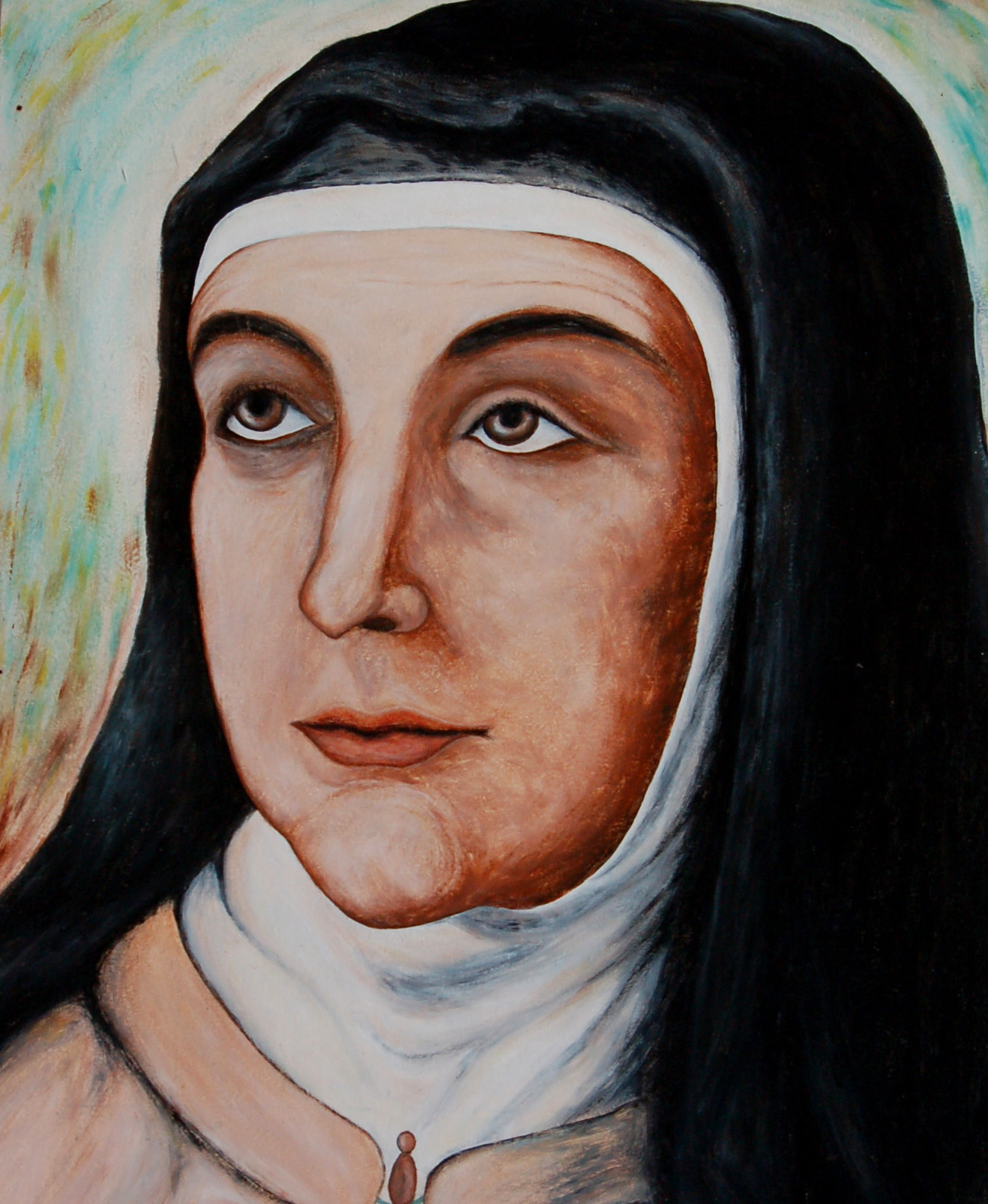“There is no need to seek reasons for Your will, for You transcend
all natural reason and make all things possible. Thus You show us
that we need do no more than truly love You, and truly forsake
everything for You, and that You will then make everything easy.â€
-Teresa of Avila
The way of the mystic is often erroneously understood as a removal from life to concentrate on the abstract form of divine love. There may be periods where aloneness or withdrawal is required to formulate spiritual strength, but the mature mystic is always thrown fully back into life, very often with enormous energy and capabilities.
Teresa of Avila (1515-1582), the Spanish mystic and Carmelite nun, is one such example. She is renowned for her ability to bring the contemplative and active life into a living unison of wholeness. The body of work she has left us, both through her writings and the monasteries she created are a testament to what one could describe as almost super-human accomplishments. The path was not always an easy one for Teresa, but through sheer dedication and perseverance she was able to find true freedom for her soul, both in her interior and exterior world. It is this legacy of freedom that she has left for us.
Teresa began her spiritual life by trying to affect everything herself. She became aware of certain behaviors of her own that she found disagreeable and tried to change them – she was unsuccessful. She witnessed traits in others that were upsetting and tried to convince them of their errors – this only caused communal disharmony. When confronted with urgent situations in the monastery, such as lack of income to tend to house repairs, she relied on herself to find a solution – to no avail. Teresa was a woman of great intelligence and was accustomed to using her mind in seeking answers to problems. She was also however at this time, beginning to develop a deep prayer life. In these times of “quiet†she would be given an answer, a direction or a certain knowing that she could not deny. But like the disciple Peter she did deny, and much more than three times.
She also doubted, as did the disciple Thomas. The divine communications she received did not appear reasonable nor within reach, and to further add to her dilemma, many of her friends and colleagues doubted the authenticity of these supposed God-given directions. Her internal being was in conflict; there was no peace as her mind and soul fought one another as to what was the right action.  She was at this stage unable to let go of the need to be in control – she was unable to trust in God. Life was a constant series of conflicting torments for her, both interiorly and exteriorly. She became both mentally and physically exhausted.
After twenty years of living this struggle in the monastery (she was now 40 years old), she experienced a moment of grace where her being relented and she was able to offer everything over to God. From that moment her life began a deep transformative process. It was now God who was affecting everything, not her. This was not a one-time awakening, however, it was only the beginning of a long journey to her ultimate wholeness. Every day she was given new opportunities to release her control and anxiety, and to trust ever more deeply.
She was divinely guided to reform the Carmelite Order, which entailed gaining permission from the Church in Rome. Upon her deathbed legal battles were still being fought over her reforming work. It was not an automatic process. She experienced much opposition, but equally she was the recipient of much help and support. She wrote about the contradictory ways of God, that is, being divinely promised one thing and then another occurring. This in itself, she said was a great teaching, as it allowed a strength and fortification of the soul to be developed. And through practicing patience, she saw the fulfillment of the original promise God had made, even if it was years later.
Teresa’s work involved financial and real estate dealings, writing constitutions, spiritual guidance to nuns and lay people, and through it all, she came to rely solely on the spirit to guide her in every instance. Without her time of prayer and connection with God, she knew that none of it was possible. This is what she taught all who came into her presence – the art of surrender and true humility. And to accompany these two great spiritual truths was love. For Teresa there was no separation.
How then does this speak to us today? We can learn, as did Teresa, to take God with us everywhere. We can take the guidance of the spirit into the boardroom, into the classroom, into our relationships, into every facet of our life. We can make time to cultivate a relationship with this spirit who dwells within, and we can learn daily to trust in its guidance and to follow it. Every time we act upon this guidance we strengthen our trust and our deep inner knowing that is freely available to us. We can become strong, loving and wholesome beings like Teresa, always ready to surrender our control to the greater will. In this way we can find our own mystical way of living in the world, allowing our every action to be inspired by the greater divine intelligence that we come to know through our contemplative quiet time.
Megan Don is the author of  Meditations with Saint Teresa of Avila: A Journey into the Sacred.
Based on the book Meditations with Teresa of Avila © 2011 by Megan Don. Printed with permission of New World Library, Novato, CA. www.newworldlibrary.com <http://www.newworldlibrary.com/>

